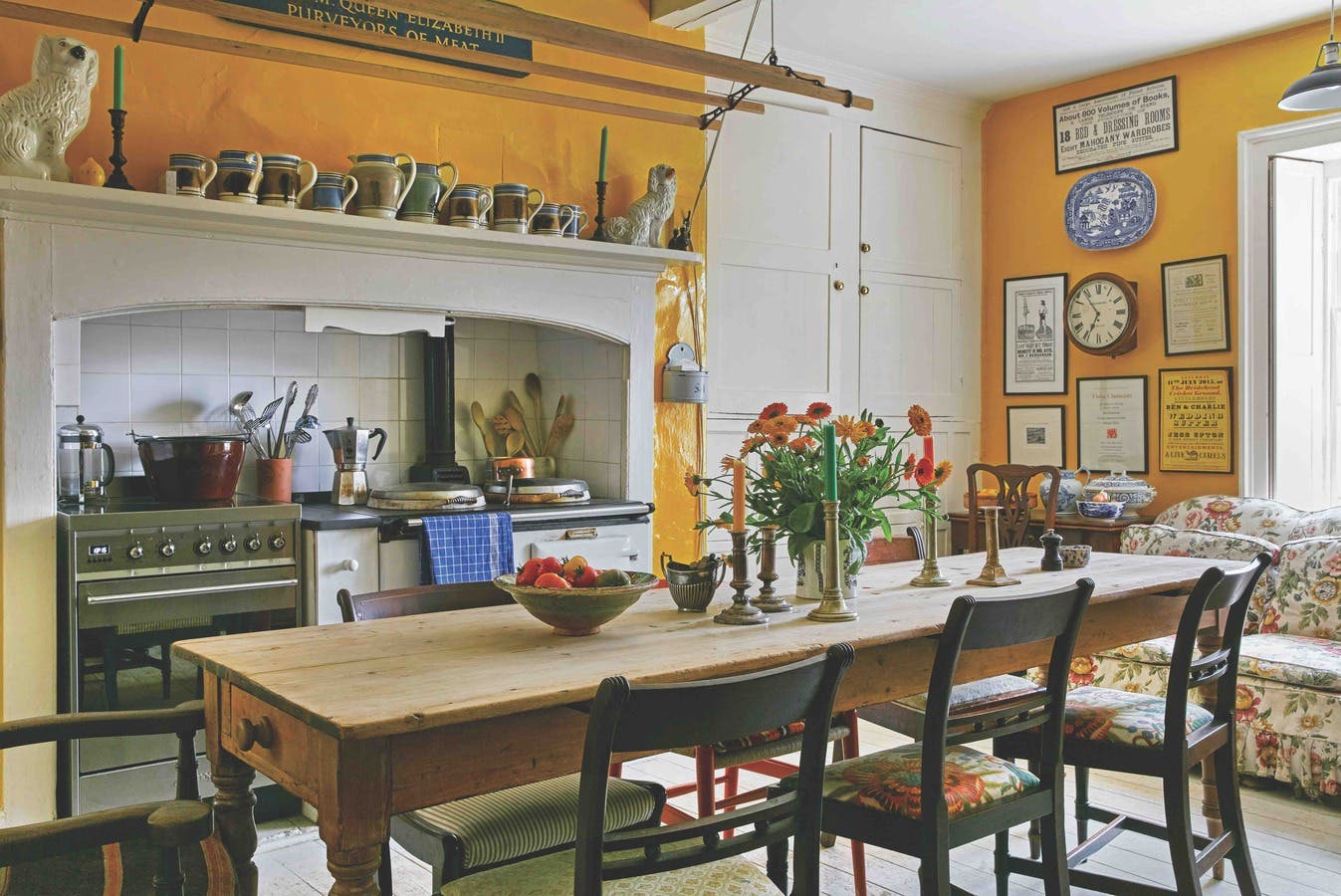
Projects
A Classic Country Club New England Agrarian Home
Project: Private Residence, Hopkinton, MA
Architect: Catalano Architects, Boston, MA; Thomas P. Catalano, principal
General Contractor: E.W. Tarca Construction, Hopkinton, MA
Interior Designer: Interiors by Randi, Moultonborough, NH
By Annabel Hsin
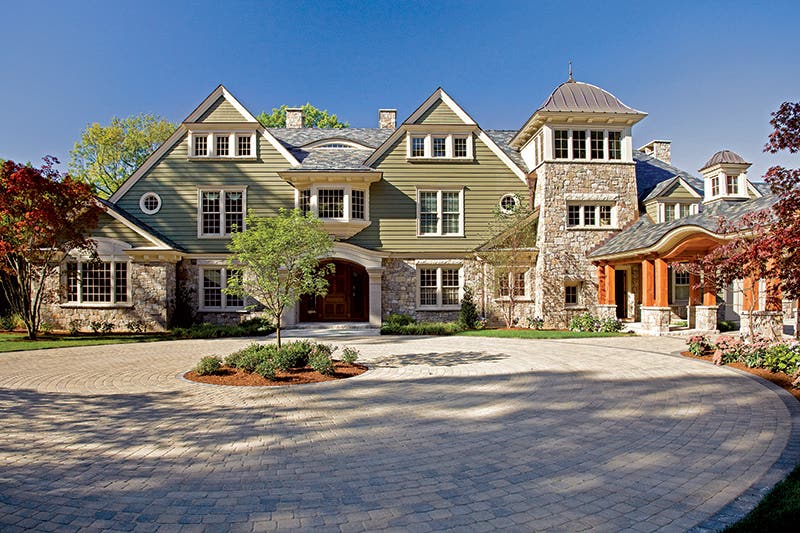
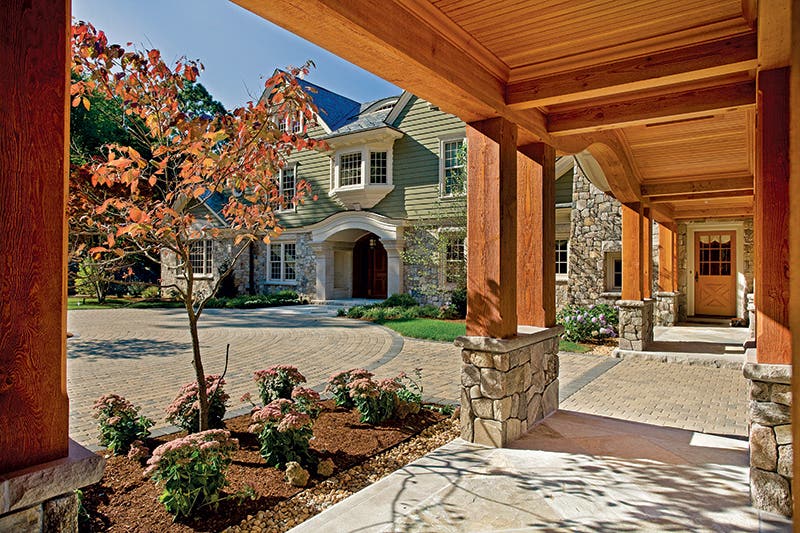
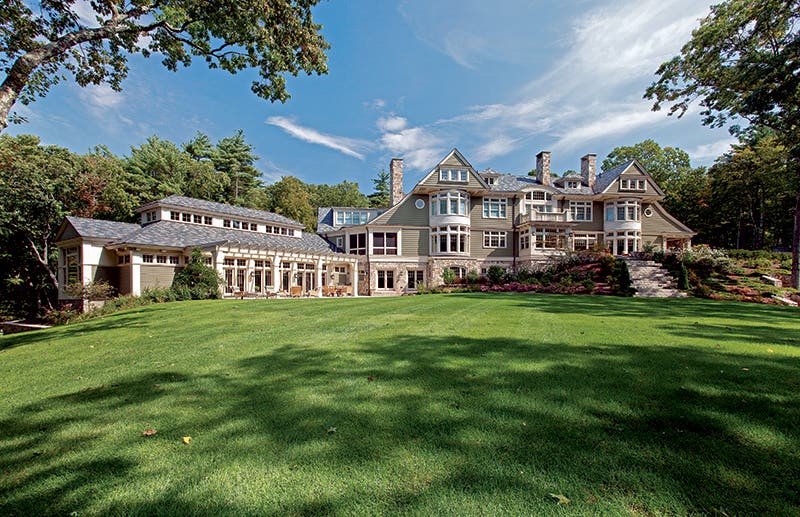
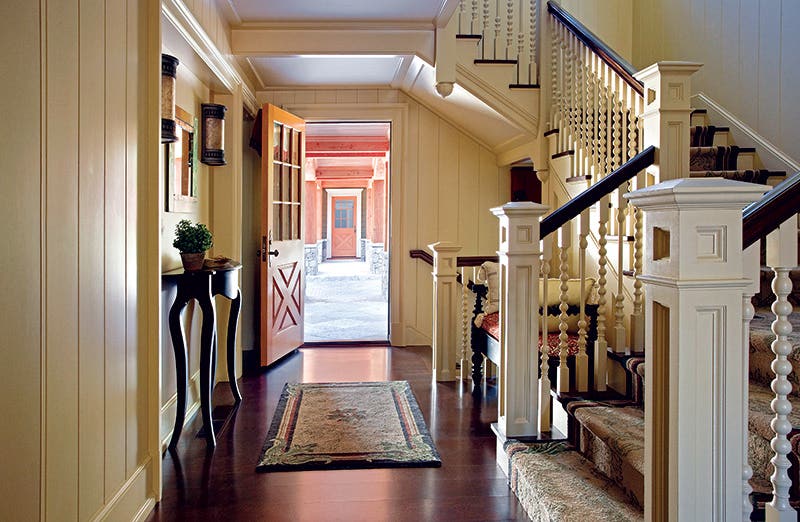
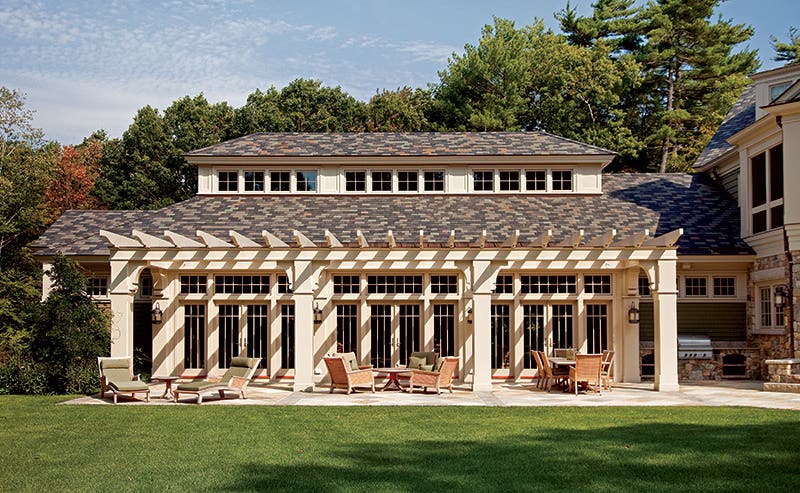
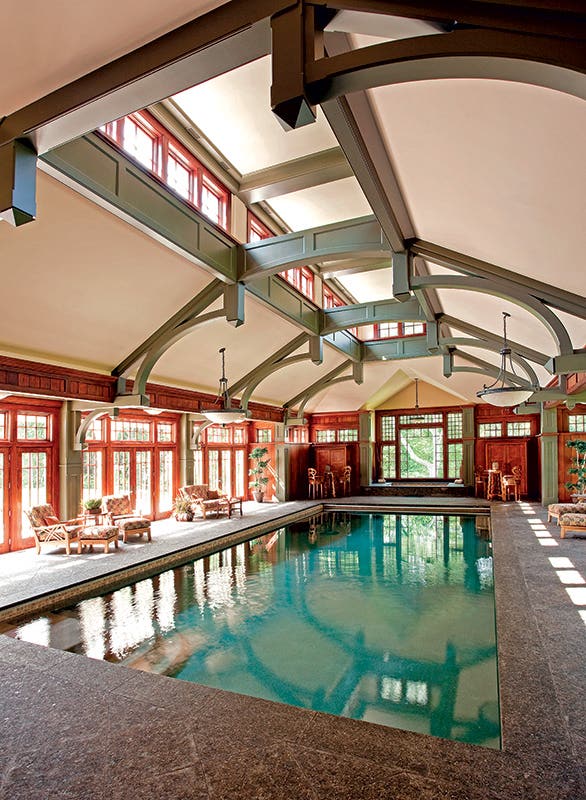
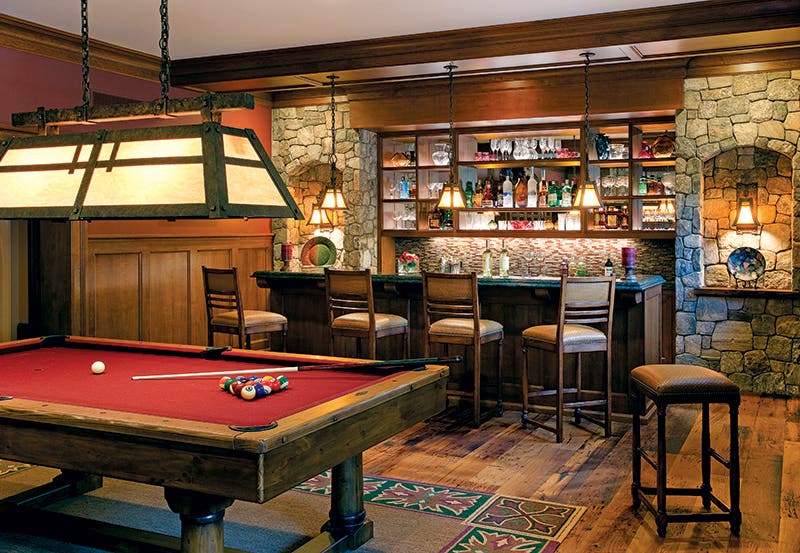
The piece of hillside land bordering the Whitehall State Park that is home to the 529-acre Whitehall Reservoir was just the spot for the parents of two young boys looking to build their dream house. Located less than 30 miles west of Boston, in Hopkinton, MA, the site was quiet, remote and its slope overlooks picture-perfect lake views.
“We’ve had on and off discussions about the kind of project my clients wanted to do before they actually found this piece of land,” says Thomas Catalano, principal of Boston, MA-based Catalano Architects. Having previously completed their ski house in the lake region of New Hampshire, the firm was well acquainted with the clients’ tastes. “One of the interesting things that they wanted to do because they were going to be in this relatively isolated location was to create their own private country club type of setting where it would be attractive for their children and friends.”
Catalano and the clients settled on the traditional New England agrarian style for the project as it provided many opportunities to minimize the massing of the 14,000-sq.ft. house. In addition to the required living spaces and bedrooms for the family, the program also included garage space for five cars, four guest suites and a lower level for entertainment amenities. “We looked at Shelburne Farm in Vermont for inspiration as we were trying to evoke the look of an old farm,” says Catalano. “We broke down the massing by using separate buildings to give the impression that the structures had been built over time. Most 19th- and 20th-century New England farmhouses around the area had connecting lanes and outbuildings that eventually connected to the main barn.”
The initial view of the front elevation from the curved driveway is a dramatically sloped roofline to the first floor to give the appearance of a single-story structure. Once on the circular entry court the elevation rises to its full three-story height culminated by a stone-sided tower topped with a bell-curved copper roof. Stone siding is used on the lower level to relate the structure to the surrounding landscape while the upper floors are sided with milled red cedar painted in a muted green; Vermont slate was installed on the roof. From the tower, the elevation follows the slope of the site and drops back down to the three-car garage and the single-story pool. A porte cochère, constructed of natural rough red cedar, extends from the tower and connects the main house to a separate two-car garage and guesthouse.
“We used the tower as a scale element to break up the overall composition because we don’t have a perfectly symmetrical elevation,” says Catalano. “Another purpose for the tower is to visually anchor the approach as one makes the turn into the courtyard; it acts as an icon signifying the entry arrival.”
At the base of the tower, a side entry opens to a stair hall and although it functions as the secondary stair it received a higher level of detailing than the main entry and stair. “The clients made a conscious decision to give the side-entry stairs and the mudroom more detail because those are the areas that they use all the time,” says Catalano. “There is V-groove paneling with a striate painting technique that reinforces the vertical lines. The stairs goes to all four floors of the house while the main stair only reaches three floors. The stairs’ newel posts are intricately detailed and the twisted balusters were custom made. In the mudroom, there are built-in benches and closets for storage. It’s a much more highly crafted space than the formal entry.”
To maximize the lake views, the interior was designed to be one-room deep with the primary living spaces facing the lake. The living and dining rooms, the breakfast room, a kitchen that opens to the great room and a screened porch are all positioned at the backside and overlook the lake. A library, private office, two powder rooms, the garage along with the two entries and mudroom all face the entry court.
Upstairs, there is the master suite, two bedrooms for the boys and two guest suites. The third level is configured with an additional guest suite and overflow space.
At the lowest level, the single-story indoor pool is the main attraction. It is built into the slope at a 45-degree angle from the house so that three sides of the pool are flooded with natural light. The two walls of French doors on either side of the long rectangular pool allow for an opened or closed environment. A clerestory above has operable windows for additional airflow. A pergola extending from the rear of the pool provides shade for a limestone terrace that leads to a series of steps and landings that ascend to the living spaces of the main house. Also on the lower level, there is a theater, a pub for the bar and pool table, a gym, sauna, mechanical storage rooms, a kitchenette and changing facilities.
At the far end of the pool, a spa features a large Craftsman-styled bay window. “We played with the muntins on that window to create different light patterns and to allow for a large piece of glass in the middle, which frames a perfect view of the lake,” says Catalano.
The windows and doors for the project were manufactured by Warroad, MN-based Marvin Windows and Doors; additional manufacturers include Wyomissing, PA-based Baldwin (interior door hardware); River Falls, WI-based Designer Doors (garage doors); Warrensburg, NY-based Champlain Stone (stone siding); and Westbrook, ME-based H.A. Stiles (custom turned “beaded” stair balusters). The general contractor was Hopkinton, MA-based E.W. Tarca Construction; the firm also custom made the stairs, millwork and interior trim, as well as installed the quarter-sawn white oak floors throughout. The interior designer was Moultonborough, NH-based Interiors by Randi.
“What was great about this project was the successful collaboration between the client, interior designer, builder and architect,” says Catalano. “Together, we created a strong design team. My client is very happy with this house. In fact, he has taken a job in San Francisco but rather than selling this house, he’d commute back and forth instead.”




